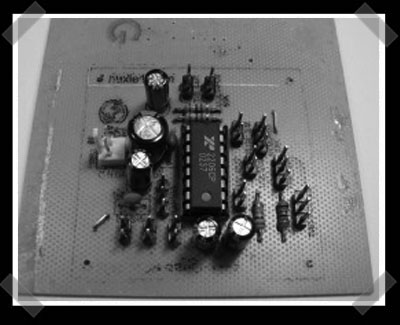
I’m inclined to put up [nuxie1]’s function generator how-to because he also submitted a very nice Design Challenge entry. The generator is based on the cheap XR2206 IC which will generate functions at up to 1Mhz. Definitely handy to have around.
His Design Challenge entry was really over the top. It’s another USB PIC programmer, but he laid out three different desings. A full-on SMD, a home build SMD and a through hole board. Nice work.
We’ll be announcing the winner of the Design Challenge in another week and a half or so – we got quite a few entries and it takes a while to really review them.

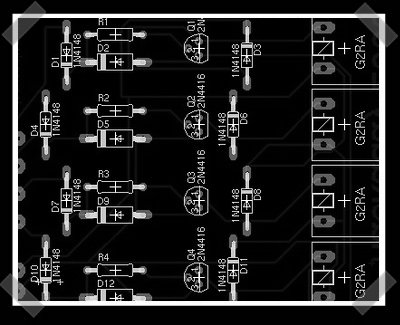
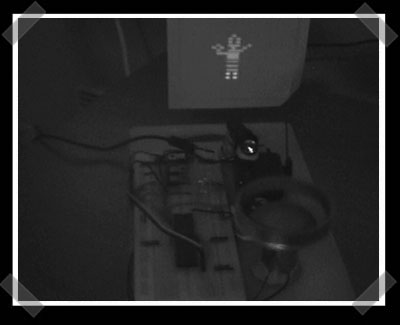
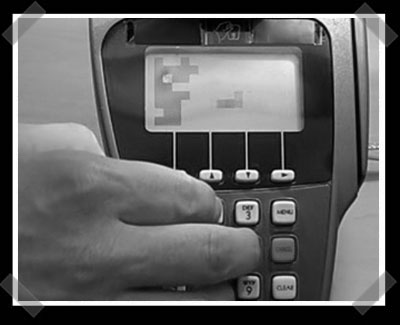
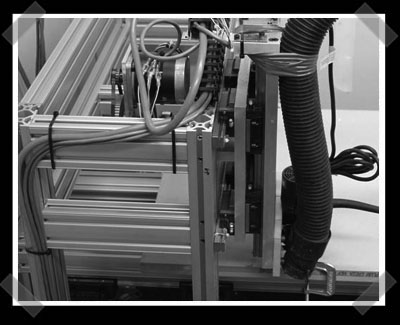
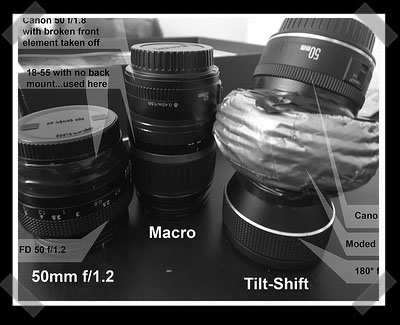
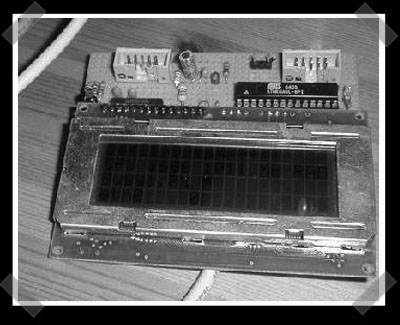 USB LCD interfaces
USB LCD interfaces 








